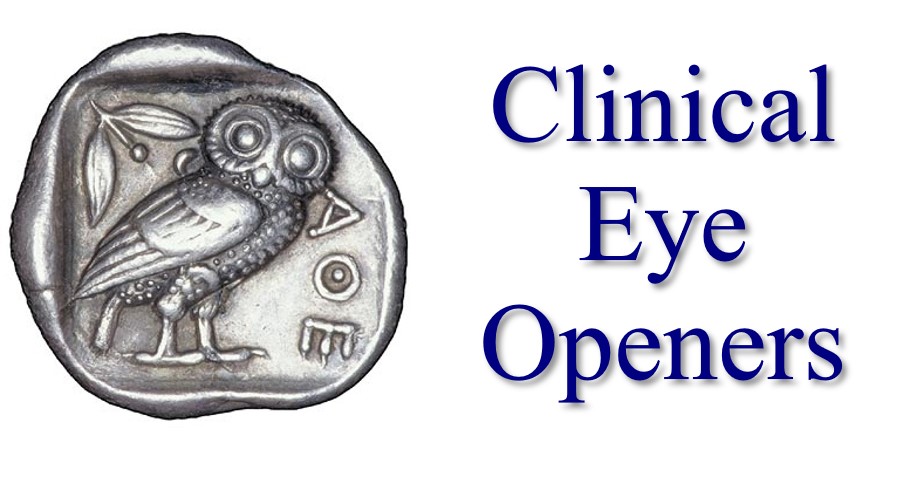Dermatosparaxis – Process of Discovery
Identification of a rare or unknown clinical disorder is facilitated by adhering to several fundamental steps:
- Gathering of signs free from diagnosis preconceptions. Those who gather signs with a diagnosis in mind are prone to “hyper-diagnose”, a polite way to say “be wrong”.
- The collection of signs must be as complete as feasible. This implies knowledge of events prior to, during and after the initial clinical examination. This also implies knowledge of the extended family (not limited to genetic relatives) as a entry gate to grasp the nature of environmental factors that may have impacted the patient prior to conception and during gestation.
- Translation of signs into signals reflects the level of knowledge and experience which is diverse among clinicians. Consequently, the interpretation of signs as signals will differ from clinician to clinician. This underscores the hypothetical or subjective nature of clinical signals.
- Grouping of signals may provide a basis for hypotheses concerning mechanisms (pathogenesis) of expression (phenotypes) of the patterns of the observed sings. Concurrently, the same process may produce hypothetical notions of causes.
- Causes (etiology) can often be verified by facts and otherwise remain hypothetical.
- The diagnosis is a synthesis of the above, is hypothetical, and is sustained or negated by the natural history of each patient’s disorder. Therefore, the natural history is a higher order of fact than the diagnosis. Clinicians should consider the diagnosis as a temporary generalization that should be reconsidered as new signs emerge.
The clinical example to illustrate the above principles concerned an infant with dermatosparaxis, called by some as a variant of the Ehlers Danlos spectrum disoders. The patient per se is described in detail in the Gallery of Patients and this video.
Please, choose a link below:



